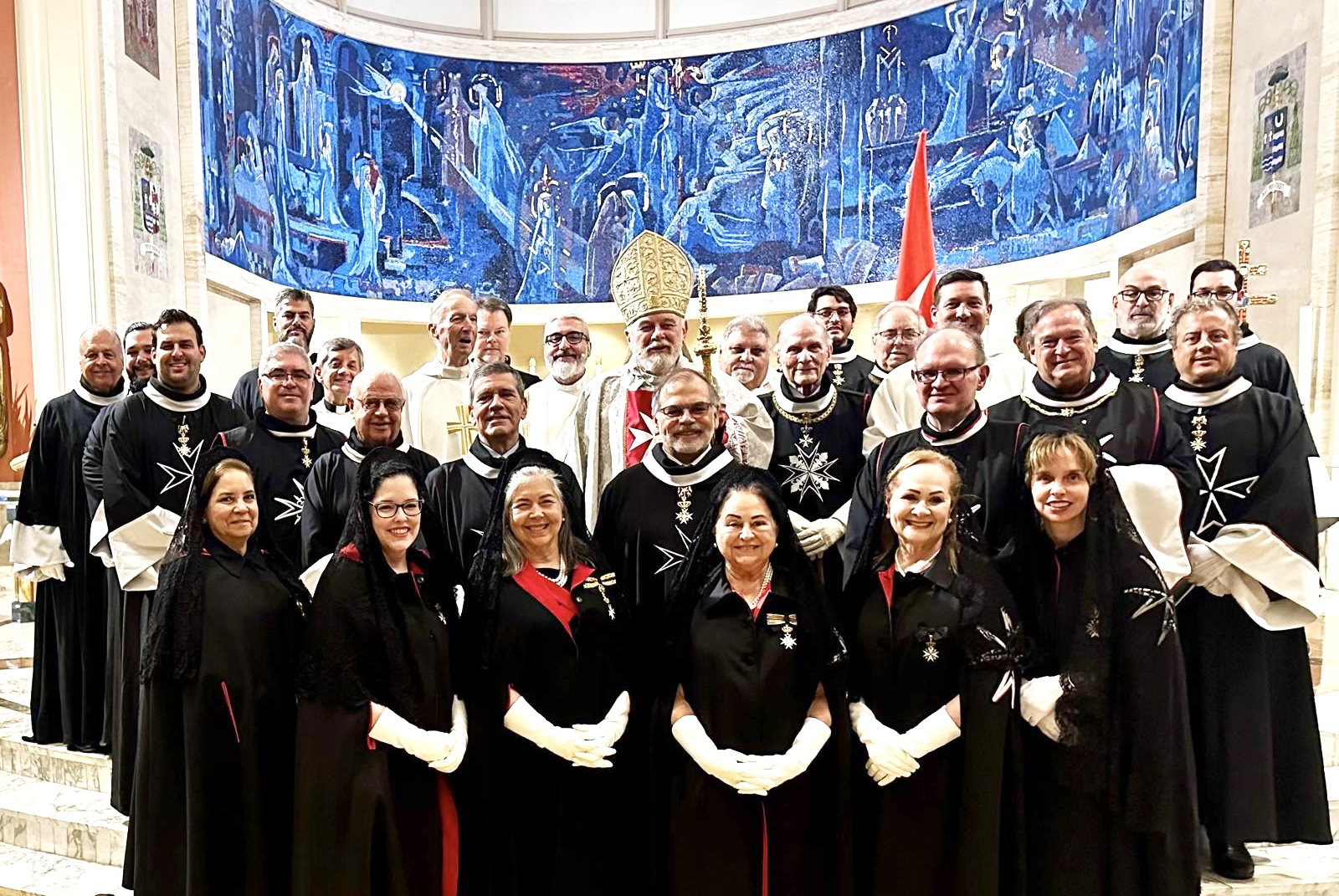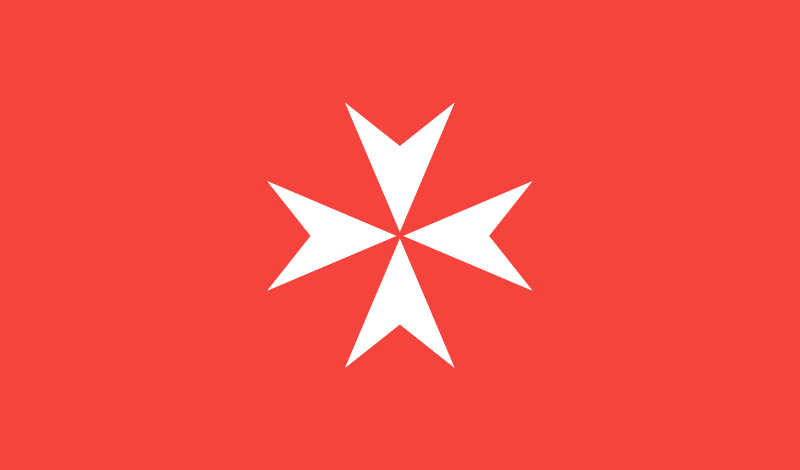- Home
- /
- Cuban Association
- /
- Membership

Order of Malta
Cuban Association
d/b/a Foundation Order of Malta, Inc.
2655 S. Lejeune Road
Suite 918
Coral Gables, FL 33134
Phone: (786) 888-6494
info@foundationorderofmalta.org
Cuban Association
d/b/a Foundation Order of Malta, Inc.
2655 S. Lejeune Road
Suite 918
Coral Gables, FL 33134
Phone: (786) 888-6494
info@foundationorderofmalta.org

Order of Malta
Cuban Association
d/b/a Foundation Order of Malta, Inc.
2655 S. Lejeune Road
Suite 918
Coral Gables, FL 33134
Phone: (786) 888-6494
info@foundationorderofmalta.org



